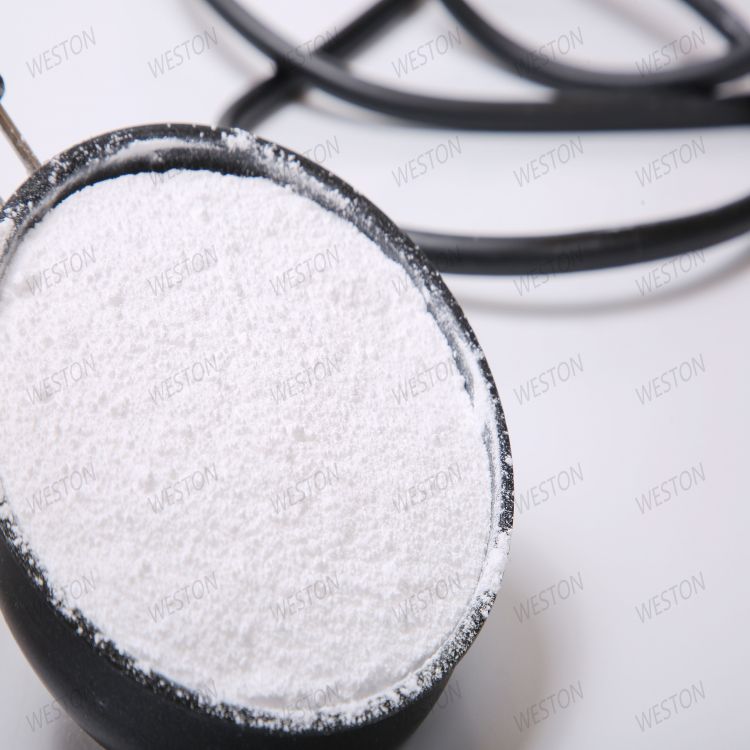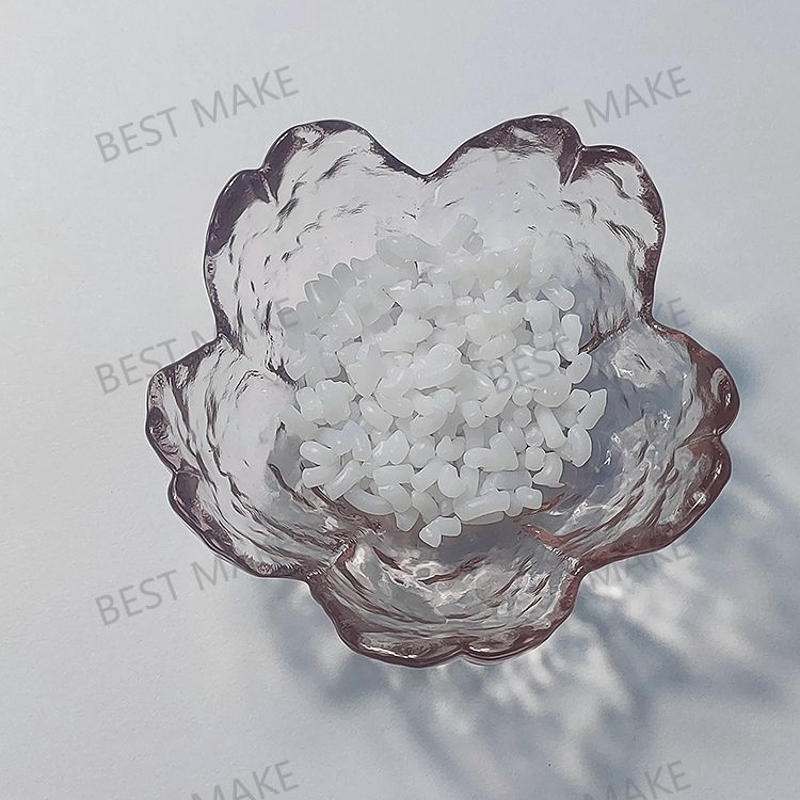-
Categories
-
Pharmaceutical Intermediates
-
Active Pharmaceutical Ingredients
-
Food Additives
- Industrial Coatings
- Agrochemicals
- Dyes and Pigments
- Surfactant
- Flavors and Fragrances
- Chemical Reagents
- Catalyst and Auxiliary
- Natural Products
- Inorganic Chemistry
-
Organic Chemistry
-
Biochemical Engineering
- Analytical Chemistry
- Cosmetic Ingredient
-
Pharmaceutical Intermediates
Promotion
ECHEMI Mall
Wholesale
Weekly Price
Exhibition
News
-
Trade Service
Graphene has many applications in the aerospace field, and the Aviation Industry Corporation of China is China's representative force in this field, so its progress in the field of graphene is often more concerned
than the general research and development entity.
Recently, AVIC Beijing Institute of Aeronautical Materials (hereinafter referred to as the Institute of Aeronautical Materials) pioneered "graphene-reinforced metal matrix nanocomposites" and received widespread attention
.
According to the Institute of Aviation Materials, at present, they have a full set of process technology and special equipment for the batch preparation of graphene nanosheets with completely independent intellectual property rights, and have established a fully automated production line for graphene nanosheets with a capacity of 100 tons/year, obtaining graphene nanosheets below 4 layers, with a monolayer rate of more than 90%, and have a large specific surface area and good dispersion
.
Regarding the application of graphene materials in lithium batteries, the Institute of Aviation Materials said that in terms of improving the performance of traditional lithium batteries, based on the self-developed and produced high-quality graphene nanosheets that are easy to disperse and have a large specific surface area, in response to the demand for high energy storage density and high power density batteries in aviation, aerospace and automotive fields, graphene modified LiFePO4/liMnPO4 lithium-ion battery cathode materials and graphene-modified lithium-ion battery anode materials were developed, and typical test samples of graphene lithium-ion batteries were assembled.
The addition of graphene significantly improves the energy density and power density of lithium-ion batteries, reduces battery charging time, improves battery endurance, and graphene lithium-ion batteries exhibit excellent cycling characteristics
.
Graphene has broad prospects in the aerospace field, and the Aviation Materials Institute has gained a lot
in this regard.
Based on the research of aluminum-based graphene materials, using the characteristics of high strength and high modulus of graphene, as well as the characteristics of high quality, large specific surface area and easy dispersion of graphene powder produced by the Institute of Aviation Materials, graphene aluminum matrix composites above 700MPa grade and graphene aluminum matrix composite profiles with an elastic modulus of more than 95GPa were successfully developed
.
The Institute of Aviation Materials pioneered the "graphene-reinforced metal-based nanocomposites", which not only invented a new class of high-end metal-based nanocomposites with excellent properties, but also brought revolutionary changes
to future aerospace vehicles.
Graphene has many applications in the aerospace field, and the Aviation Industry Corporation of China is China's representative force in this field, so its progress in the field of graphene is often more concerned
than the general research and development entity.
Recently, AVIC Beijing Institute of Aeronautical Materials (hereinafter referred to as the Institute of Aeronautical Materials) pioneered "graphene-reinforced metal matrix nanocomposites" and received widespread attention
.
According to the Institute of Aviation Materials, at present, they have a full set of process technology and special equipment for the batch preparation of graphene nanosheets with completely independent intellectual property rights, and have established a fully automated production line for graphene nanosheets with a capacity of 100 tons/year, obtaining graphene nanosheets below 4 layers, with a monolayer rate of more than 90%, and have a large specific surface area and good dispersion
.
Regarding the application of graphene materials in lithium batteries, the Institute of Aviation Materials said that in terms of improving the performance of traditional lithium batteries, based on the self-developed and produced high-quality graphene nanosheets that are easy to disperse and have a large specific surface area, in response to the demand for high energy storage density and high power density batteries in aviation, aerospace and automotive fields, graphene modified LiFePO4/liMnPO4 lithium-ion battery cathode materials and graphene-modified lithium-ion battery anode materials were developed, and typical test samples of graphene lithium-ion batteries were assembled.
The addition of graphene significantly improves the energy density and power density of lithium-ion batteries, reduces battery charging time, improves battery endurance, and graphene lithium-ion batteries exhibit excellent cycling characteristics
.
Graphene has broad prospects in the aerospace field, and the Aviation Materials Institute has gained a lot
in this regard.
Based on the research of aluminum-based graphene materials, using the characteristics of high strength and high modulus of graphene, as well as the characteristics of high quality, large specific surface area and easy dispersion of graphene powder produced by the Institute of Aviation Materials, graphene aluminum matrix composites above 700MPa grade and graphene aluminum matrix composite profiles with an elastic modulus of more than 95GPa were successfully developed
.
The Institute of Aviation Materials pioneered the "graphene-reinforced metal-based nanocomposites", which not only invented a new class of high-end metal-based nanocomposites with excellent properties, but also brought revolutionary changes
to future aerospace vehicles.







